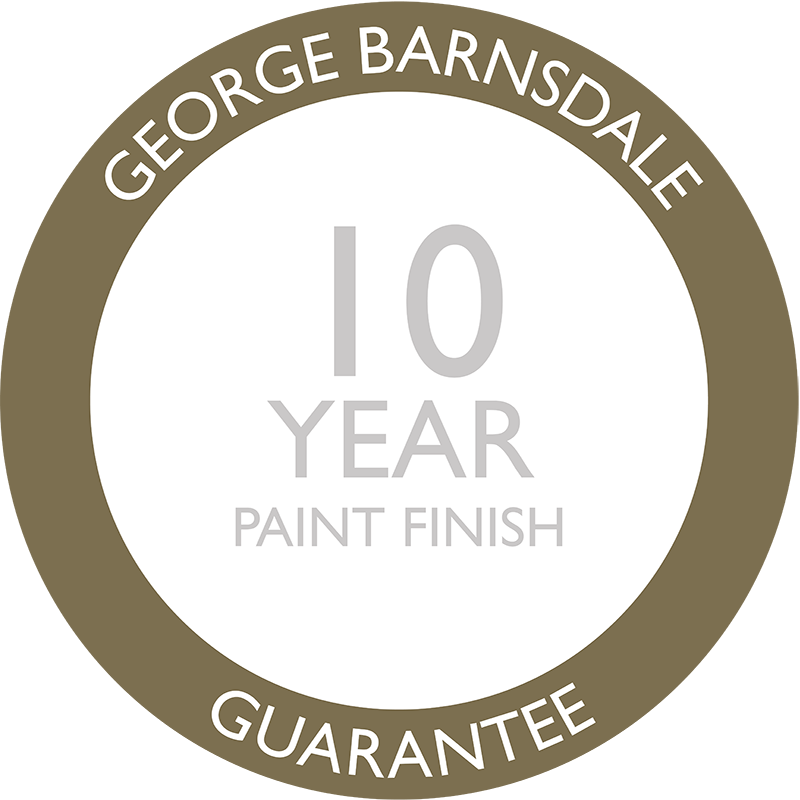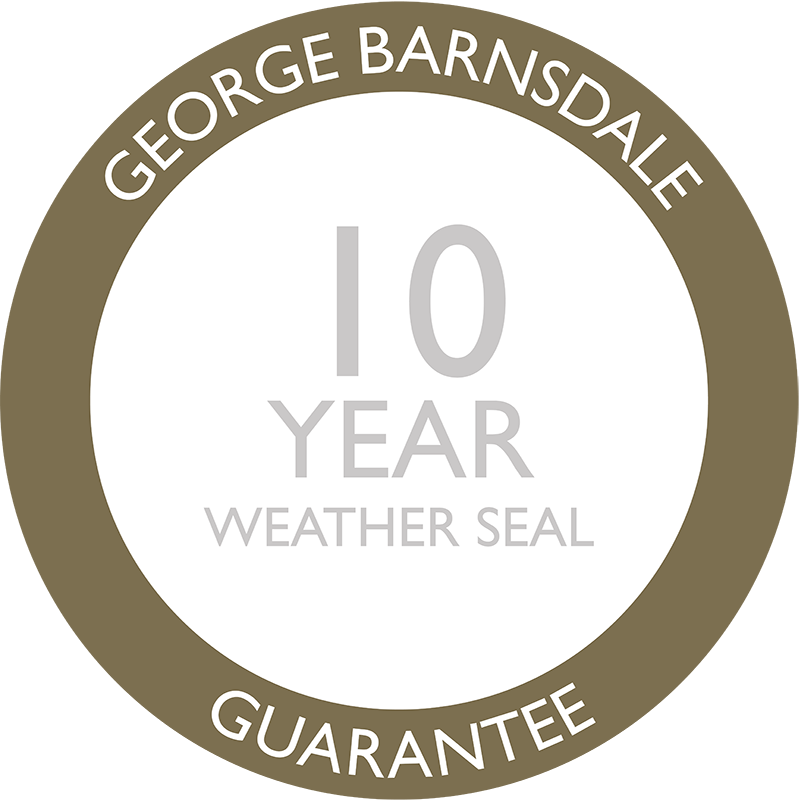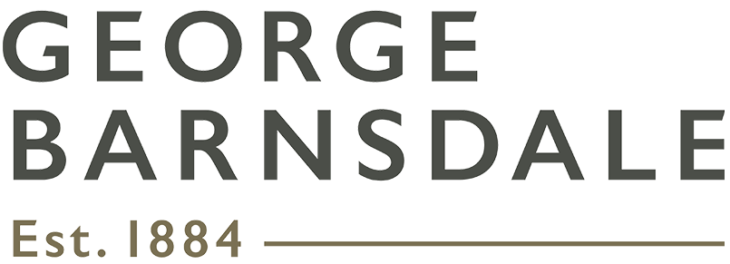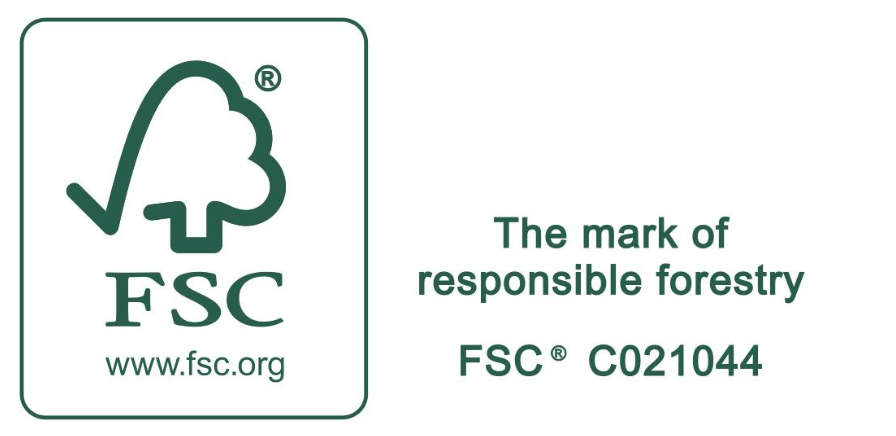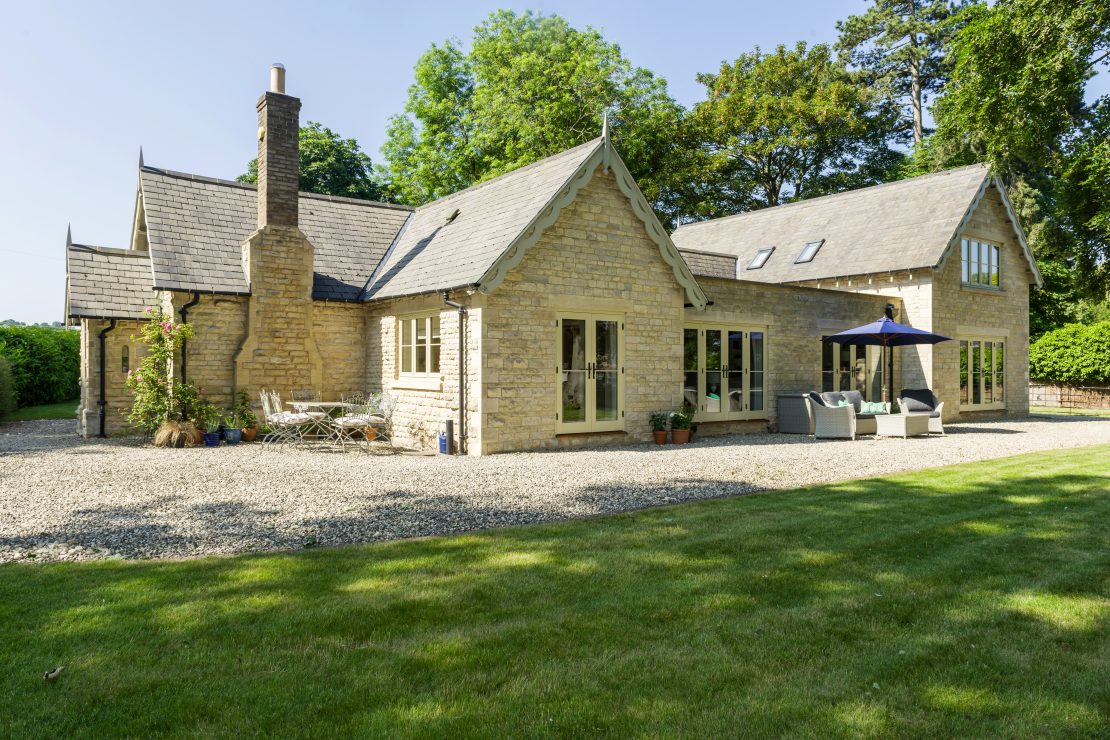November 23, 2020
An interview by Paul Iddon, Vice President of Manchester Society of Architects with Tim Heatley, Co-Founder of Capital and Centric
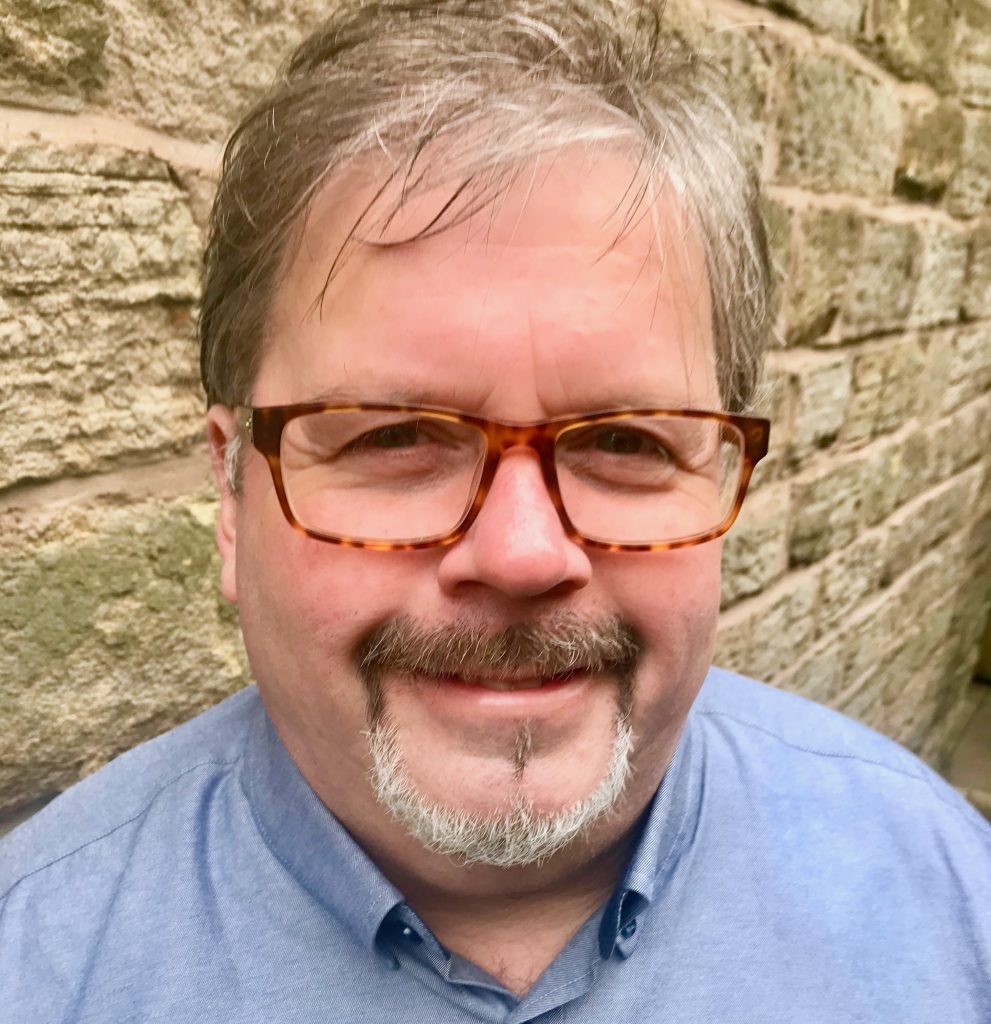
After his prominent role in the recent documentary series ‘Manctopia’ on BBC2 (available on BBC I-Player), Paul Iddon caught up with Tim Heatley of Manchester’s leading property developer Capital and Centric. Tim was incredibly generous with his time, speaking at length on a wide range of subjects. He walked and talked through rural Cheshire….
Good morning Tim, many congratulations on the hit series ‘Manctopia’, how are you?
Hi Paul, thanks! I’m well but very busy as you can imagine. These are strange and difficult times for almost everyone.
How did you find the experience of being part of ‘Manctopia’?
I wanted to keep it as authentic as possible and that meant showing the ups and downs of the business. I tried to show how the process really worked. If there was a meeting with purchasers on a delay or a difficult meeting with the contractor, I told the BBC to come along and film it. It could be quite challenging, but I felt it important to be real. I was concerned about the way that it might be edited, but overall the BBC did a good job, I think.
How do you cope with the stresses of being a leading light in Manchester’s development? The pressure seemed tangible on screen.
Yes, without question it can be difficult! One of the ways I cope, is doing what I’m doing right now, which is being on the phone but walking through fields of Cheshire! It helps me keep level, which I think is really important. Resilience is a long-term thing isn’t it? It’s also about knowing that you can win the battle but lose the war. It’s critical to make sure that you’ve got perspective in the long term – keeping your eyes on the horizon.
It can be so easy to get lost in that moment. In order to have that bigger perspective I think it helps to expose yourself to different challenges but also be aware of other people’s challenges.
What are your thoughts on leading an organisation through the added pressure of Covid-19, in particular what helps build business resilience and personal wellbeing in C&C?
Often people in organisations like ours face challenges and you can help because you’ve already built up a skill set or knowledge that helped build resilience in your own life. So, it can be relatively easy for you to solve a problem for somebody else. But you can get something in return in that process. You pick up a little nugget or something as well and then that goes into your own experience. If someone comes to you for help and assistance they’ve probably had to get through a fairly tough time and been in a very difficult place themselves, as an organization or as an individual. I also think that’s one of the reasons why we get involved in a broader spectrum of activity other than just office development. It helps keep that equilibrium.
Sometimes the worst decision that you can make it are made under short term pressures. No matter how urgent, it’s really important to think long-term. Long-term decisions are much better decisions often because you’re not looking for that short term payoff. I imagine George Barnsdale knows this after being in business for 135+ years. I can imagine as a window manufacturer, they’ve probably done stuff that doesn’t make much money for a long time. but it makes financial sense because it’s about what’s going to work over the next couple of decades.
Often venture capital and private equity has that very quick, in and out, ‘smash and grab’ approach that can create a high level of failure and single mindedness were the only output is financial. Whereas I think the reason humans are probably been one of the most resilient species is because the things we’re looking to get back isn’t just financial. Having that wider life strategy means that even if the financial bit isn’t working for you, the other bits are, so you still have the ability to get up in the morning and carry-on.
In the series, you discussed how important it is to conserve and reuse the old combination with new construction – could you expand on that?
In Crusader Mill we found out that the timber beams weren’t of the right kind of grade for the structural loads of the new apartments, but rather than just stick some steel sections in there, which would have been the cheapest and fastest thing to do, we actually replaced the timber.
This was more expensive, but it was part of the reason why people were going to buy them. I think in times of great stress or uncertainty, people often like to hearken back to a bygone era because we look upon these both times in our imagination – perhaps when life was simpler? You know things had more of a sense of permanence to them. The idea that you could leave your door open and everyone helped each other out as neighbors. I think that feeling gets heightened and there’s a yearning for that. Especially in times like this.
People often put faith and trust in what went before and so it’s really a privileged position to own these physical assets that kind of embodies some of that. You know this is what Manchester was built from. Crusader Mill was built to manufacture the machines that supplied the cotton mills in the Manchester area. In some ways you could look at that and say yes, this is this is one of the places at Manchester started from right here. Because the guy that owned the patents for the machines made a lot of money but founded and funded the Manchester Guardian.
In a very real way, you can still see that heritage and history and still touch it. It’s still here and that’s like a bedrock in your life. You come back, close the door and it gives you that feeling of home. Home is home. Home is a feeling, not just a place and it’s much easier to have that feeling about somewhere when you’re absorbing these aesthetics via textures, sounds and smells. These big old beautiful Mills provide that for the future.
So, we take a step back and rather than get rid of the difficult bits, literally throwing the baby out with the bathwater, we need to find a way of celebrating them. Because in doing so we can find a way to recover that cost over time. Take the long view. I think that why we are thought of as one of the more successful developers in the city and the Northwest.
Do you think there is something in the idea that humans strongly respond to traditional or natural materials?
I love that idea. Its science explaining what’s behind what sometimes could be seen as whimsical or irrational. I’m building a house for my family made out of glass and steel. The idea was to be as transparent as possible. To be connected more to the outside so we can see the trees and treetops, which means that we’re in constant connection with nature. To the trees in the garden and therefore wood. But even though it’s very modern, our bedroom walls are clad in natural polished wood planks. It’s not an ‘on trend color’ I mean, we also put timber on the ceilings because of the warmth it brings. It’s about comfort isn’t it?
You can’t quite put your finger on it but it definitely does something for your mind. It makes you feel better and more relaxed. Closer to nature and full of positivity.
I suppose it’s one of those things that is dialing right back into our DNA, our forest background…
This blog is part one of a long and deep conversation with Tim Heatley as part of our resilience series – taking a long view of how humans live and inhabit buildings and cities.
Look out for part 2 – Tim’s thoughts on resilience in our cities, communities and networks. Also, how much he loves bricks, cast iron and windows overlooking life.





